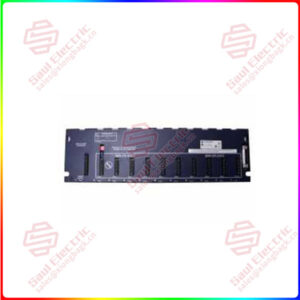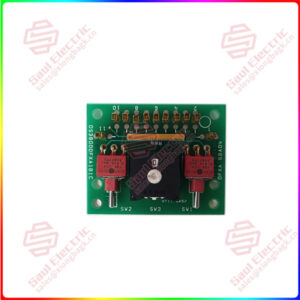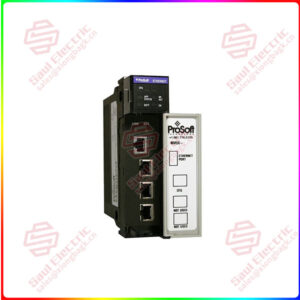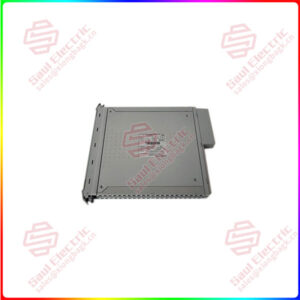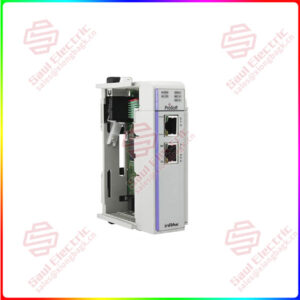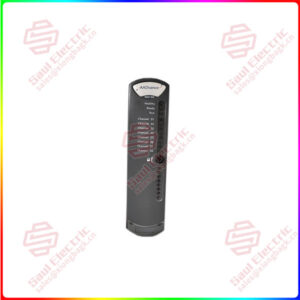Description
Overview
Essential details:1756-L62 Allen-Bradley discontinued ControlLogix controller
lf you need to inquire or purchase ,please send the product models to my email or call medirectly .
sunny He
[Email] sales@xiongbagk.cn
[Mobile] 86-18059884797
[WhatsApp] 86-18059884797
[Skype] sales@saulcontrol.com
1756-L62 Allen-Bradley discontinued ControlLogix controller
The Allen-Bradley 1756-L62 is a ControlLogix controller. It has an integrated user memory of 4 MB and an I/O memory of 478 KB. An optional nonvolatile memory storage may be installed for this controller for expanding the internal memory with the use of CompactFlash 1784-CF128. The controller is only compatible with certain 1756 chassis, namely 1756-A4, 1756-A7, 1756-A10, 1756-A13, and 1756-A17. The 1756-L62 has two types, Series A and Series B.
The 1756-L62 supports 32 tasks with 100 programs per task including even tasks for all event triggers. It also has an RS232 serial port that supports several communication protocols. Protocols being supported by the RS232 port include DH-485, DF1 radio modem, DF1 full/half-duplex, Modbus via logic, and ASCII. This controller also supports other communication protocols such as Remote I/O, ControlNet, SynchLink, EtherNet/IP, Third-party process and device networks, Data Highway Plus, and DeviceNet. It can support a maximum of 250 controller connections and also offers full support to controller redundancy.
This controller has a maximum total I/O of 128,000, a maximum analog I/O of 4000, and a maximum digital I/O of 128,000. It has a current draw of 14 mA at 24V DC and 1200 mA at 5.1V DC. It has an isolation voltage of 30V (continuous) has been type tested at 720V DC for 60s. The 1756-L62 has a thermal dissipation of 11.9 BTU/hr and a power dissipation of 3.5 W. Its storage temperature ranges from -40 to 85 Degrees Celsius and its operating temperature is from 0 to 60 Degrees Celsius. It also has a noncondensing relative humidity of 5% to 95% and a maximum surrounding air temperature of 60 Degrees Celsius. It has a vibration of 2 g at 10 to 500 Hz, an operating shock of 30 g, and a non-operating shock of 50 g.


 1 Year Warranty
1 Year Warranty

